Useful personal technology for HR professionals
08.10.2019 | Tom Haak
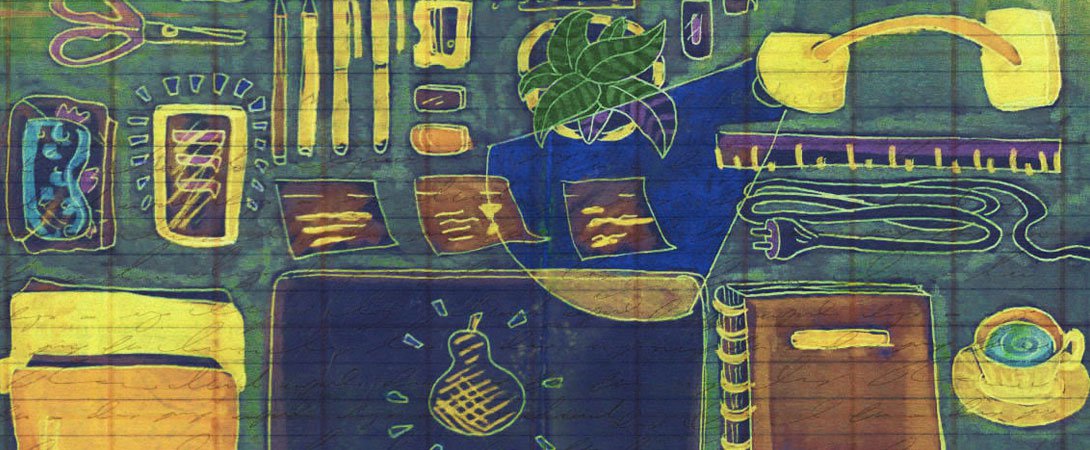
In an interview I was asked the question: “What tools and technology do you use at the HR Trend Institute? Do you walk the talk?”.
The HR Trend Institute is a small organization. No ERP, no CRM, no pulse surveys and no real-time sentiment analysis of our e-mails. I can give an overview of the applications I personally use, and I think many of them can be very useful for HR professionals. I am not sponsored by any of the applications I mention, so no worries! In alphabetical order:
1. Asana
Asana is my task manager. I put all my to-do’s in Asana, both business and private to-do’s. It needs discipline, but after a while you get used to it. If you put all your actions in Asana, you never forget anything. I am sure I only use 5% or less of Asana’s capabilities, but it works for me. I think what I do in Trello (10) I could do also in Asana, but for my agile project planning I like Trello better. For a thorough comparison read: “Trello vs Asana: which is the best project management app?”.
I am a super light user of Asana. Recently I heard Ruben Timmerman of Springest talk about the way Springest is organized, and they use Asana as their core organizational system. If you want to learn more, listen to this podcast. A map of the Springest organization can be found online, very transparent.
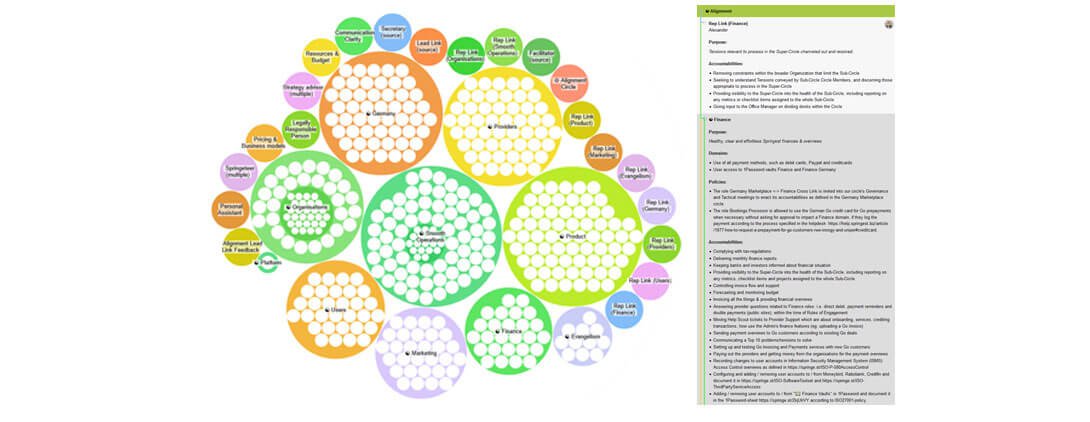
Costs of Asana: I use the basic free version.
2. Evernote
Evernote I use to store all kind of information of which I think it might be useful later. Interesting apps. Intere4sting people. Recommended restaurants. Ideas for blog posts. Flight numbers etc. I also make notes during meetings on Evernote. Evernote works mobile and on the desktop (capturing websites of screenshots). You can also send emails to Evernote. Now and then (not often enough) I sit behind Evernote and store the information in different notebooks. The search capabilities of Evernote are great.
If you want to learn more, read: “How to use Evernote to organize your life”.
Costs: I use the premium plan for EUR 6,99 per month. There is a free basic plan.
3. Flipboard
With Flipboard you can easily create online magazines. The magazines can be public, or for personal use only. I find it a great way to collect interesting articles around specific subjects. My biggest magazine is “The Future of HR”, where I collect and share articles around innovative HR and related subjects. I also curate the “HR Tech” magazine. In Flipboard you can subscribe to several magazines, and it is a great way to stay up-to-date. The mobile app is very. Good, and in train or waiting room you can quickly scroll though the articles and store the interesting ones in your own magazine.

If you want to learn more, read: “How to use Flipboard to share content privately and creatively”.
Costs: Flipboard is free.
4. Google Forms
If I want to create a quick survey, I use Google Forms. It is very easy to use. In the past I used SurveyMonkey, but I prefer Google Forms. It is very user friendly, and free.

Clear instructions on how to use Google Forms can be found in the G Suite Learning Center. Matthew Guay wrote an informative guide: “Google Forms Guide – Everything you need to make great forms for free”.
The use of Google Forms is free.
5. Headspace
I start every morning with a meditation with Headspace.
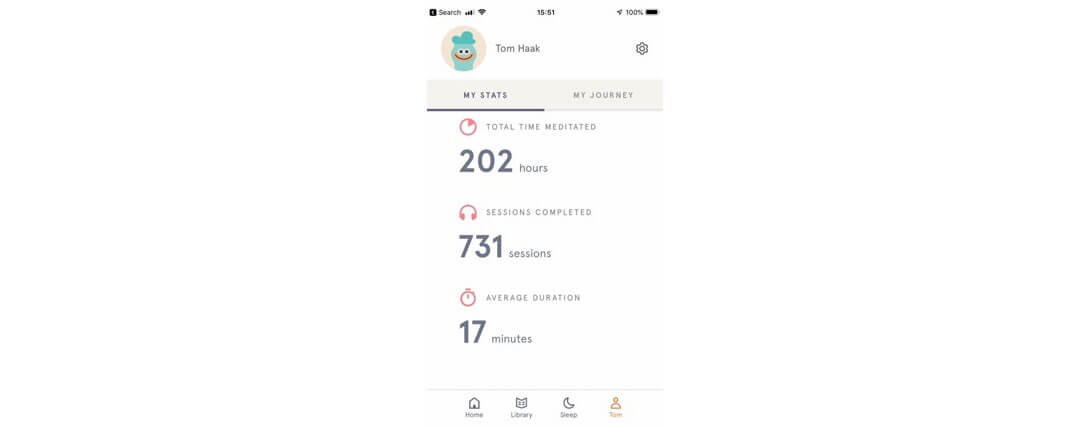
I tried several apps, and I liked Headspace most. The variety of meditations and courses is big, and the voice of Andy Puddicombe is great. My current run streak is 712 days of meditation in a row, so switching to another app is difficult for me!
Valentina Palladino wrote an extensive review about Headspace: “Mobile mindfulness – An unscientific review of the Headspace meditation app”. There are various other excellent medidation apps, for an overview read: “Top 8 meditation apps to use at work”.
Costs: Euro 71,88 per year.
6. Lifesum
In Lifesum I capture what I eat and drink. Why? To try to eat healthy and not too much. If you have to register what you eat and drink, you will eat less anyway (too much work).
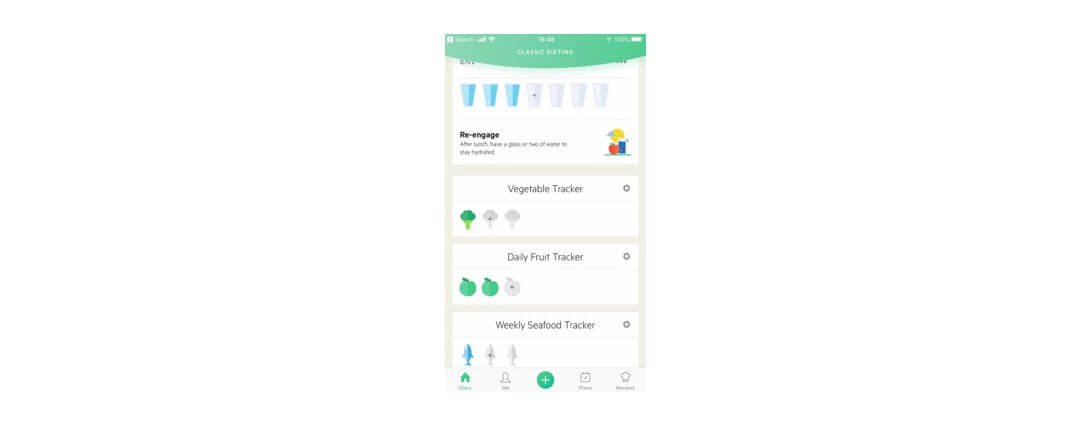
For an overview of food trackers read: “The 9 best food tracker apps of 2019”.
Lifesum: I use the free version, and this is good enough.
7. Mentimeter
Mentimeter I use when I want to do a survey during or after a presentation. You can easily create a survey. You project the questions, the participants log in on menti.com, enter the questionnaire code and complete the questions. The results are immediately available on screen. You can also download a report in pdf. Below you see the answer on two questions I asked the audience during an Agile HR conference last year.
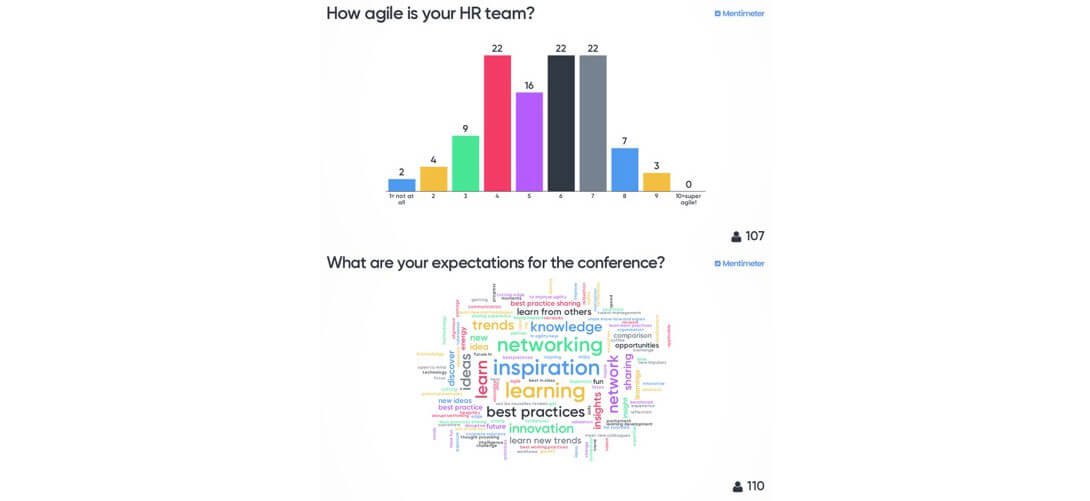
There are various audience polling tools. Farshad Iqbal of Presentation Guru gives an overview in: “How to get instant feedback from your audience”.
Costs: I use the basic plan, for $9,99 per month. There is a free version, with limited possibilities.
8. Slack
Slack is an instant messaging and collaboration system. I use it as a collaboration tool for the different teams I am working in, and also to connect participants of a training program prior, during and after the program. For us, as a small business, Slack is ideal. We could also use WhatsApp, but Slack has a lot more possibilities. Slack integrates with many other solutions and there are numerous clever Slack apps. Example: you can create simple surveys using an app like Simple Poll or Polly. I created a short video, where I show how to create a mood measurement survey in Slack using Polly.

Some more information: “14 of the best Slack apps, integrations & bots to try” and “What is Slack and how do I use it for my team”.
Costs: I use the free version, as I only have few teams.
9. Trackers on my iPhone and iWatch
I have reported extensively about the data I gather with my Apple watch in the article “Trends in the personal data of Tom Haak”. My favorite trackers are Activity and Autosleep.
10. Trello
Trello is great for organizing projects. For every new project I immediately create a new Trello Board. The simplest layout of a board you see below. Three columns: Backlog, In progress and Finished. The flexibility of Trello is great, and you can use it in various ways. I am currently working on my new book, and every chapter has a column, with the sub-chapters as cards. In one overview I can see clearly everything I have to do.

Learn more about Trello and read: “20 creative ways to use Trello and organize everything”, “How to use Trello to stay organized” or “Trello for Human Resources teams”.
Costs: I use the free version, and I am happy with what I can do.
Other
There are several tools/applications I did not mention, as they are obvious. Excel, Powerpoint and Word. Whatsapp. My iPhone, iPad, iPods, iWatch and MacBook.
This article was earlier published on the website of Digital HR Tech.


